|
Clarke Historical Library Newsletter March 2020
THE SURPRISE AND WONDER OF POP-UP BOOKS
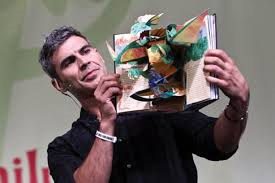 The Clarke Historical Library?s newest exhibit, The Surprise & Wonder of Pop-Up Books, will open on the evening of March 17, with a 7pm presentation by acclaimed pop-up book author and designer Matthew Reinhart.
The Clarke Historical Library?s newest exhibit, The Surprise & Wonder of Pop-Up Books, will open on the evening of March 17, with a 7pm presentation by acclaimed pop-up book author and designer Matthew Reinhart.
His first big break into the pop-up book world came with the strange but beloved The Pop-Up Book of Phobias. Many pop-up books followed, both collaborations and solo creations like the New York Times best-selling Encyclopedia Prehistorica trilogy, its sister trilogy Encyclopedia Mythologica, the collaboration Mommy? with the renowned Maurice Sendak, the biblical retelling The Ark, and classic pop-up versions of stories including The Jungle Book and Cinderella. An avid comic, fantasy and science fiction fanatic, Matthew has created a huge array of pop culture pop-ups like his best-selling blockbuster STAR WARS: Pop-Up Guide to the Galaxy, Game Of Thrones: A Pop-Up Guide to Westeros, Disney Princess: A Pop-Up World, Transformers: The Ultimate Pop-Up Universe, Frozen: A Pop-Up Fairy Tale, Lego Pop-Up and many, many more. Mr. Reinhart?s presentation is made possible by the David M. and Eunice Sutherland Burgess Endowment.
The show itself celebrates the acquisition of over 600 pop-up books collected by Dr. Francis Molson, a retired member of the CMU English Department, the exhibit documents the delights of pop-up books for children and adults, as well as the very serious work of authors and paper engineers, who make the surprise and wonder occur. What is fascinating about pop-up books is that the person who picks one up becomes director, performer, and audience, controlling a performance engineered for them but completely under their power.
Originally movable parts were used in the design of scholarly works for adults. How better to illustrate an anatomy text, for example, than with little tabs, allowing you to see what lay beneath the skin? By the 19th century, active book parts were incorporated into children?s books. Once children became the audience, story began to emerge, particularly stories like fairy tales and mythology, as well as adapting stories from the theater.
The main feature of a movable book is its interactivity. The book?s mechanisms cause the content of its pages to transform, engrossing the reader through the element of surprise. Its effects cannot be completely anticipated, and in general when a good movable book is opened, each page is like a Christmas present, provoking a sense of wonder.
Imaginative paper engineers continue to explore and to innovate new ways to fold paper, devise complex pull tabs that create movement, design intricate three-dimensional pop-up forms, and use cut paper, string, and other mechanisms to make figures magically twist and turn. The possibilities seem endless. Today, the simple, dynamic quality of the cut paper forms and mechanisms can create books that are a sculptural work of art.
The exhibit was curated by Doctors Gretchen Papazian and Anne Hiebert Alton, both faculty members in CMU?s Department of English Language and Literature. Janet Danek, the Libraries? Exhibits and Projects Coordinator, designed the show. We hope you will join us and share our sense of surprise and wonder at these amazing books. The exhibit will run through August.
CMU LIBRARIES BLACK HISTORY MONTH BANNER EXHIBIT
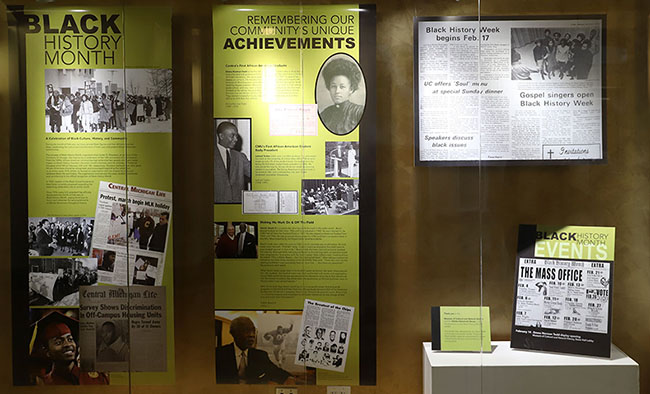 During the month of February, everyone who passed through the Park Library?s main corridor had the opportunity to learn about notable moments and figures in the history of the black experience at CMU. The exhibit drew heavily upon information and resources found mostly in the Clarke Historical Library.
During the month of February, everyone who passed through the Park Library?s main corridor had the opportunity to learn about notable moments and figures in the history of the black experience at CMU. The exhibit drew heavily upon information and resources found mostly in the Clarke Historical Library.
CHILDREN?S BOOKS FROM AROUND THE WORLD
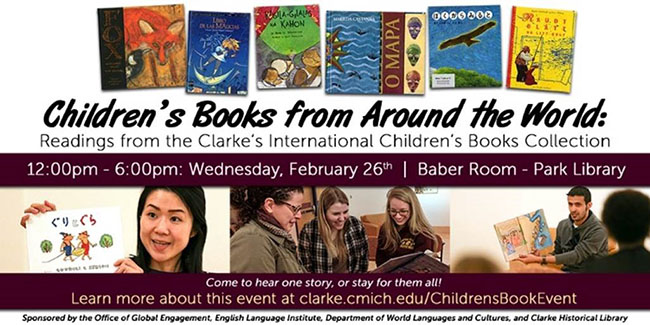 For the sixth year in a row, listeners could take a virtual trip around the world via children?s books. On February 26, books from the Clarke Historical Library?s collection of international children?s books were read by 37 students, faculty, and staff. In total, 19 languages other than English were read during the six-hour event. In a twist this year, and to coincide with the Clarke?s upcoming exhibit, several readers read pop-up books in languages other than English. It was an excellent event highlighting the diversity of language skills found on the CMU campus in both native speakers and language-learning students. The Clarke appreciates the support of the Office of Global Engagement and the Department of World Languages and Cultures in bringing this event together.
For the sixth year in a row, listeners could take a virtual trip around the world via children?s books. On February 26, books from the Clarke Historical Library?s collection of international children?s books were read by 37 students, faculty, and staff. In total, 19 languages other than English were read during the six-hour event. In a twist this year, and to coincide with the Clarke?s upcoming exhibit, several readers read pop-up books in languages other than English. It was an excellent event highlighting the diversity of language skills found on the CMU campus in both native speakers and language-learning students. The Clarke appreciates the support of the Office of Global Engagement and the Department of World Languages and Cultures in bringing this event together.
LOOKING FORWARD TO 2030
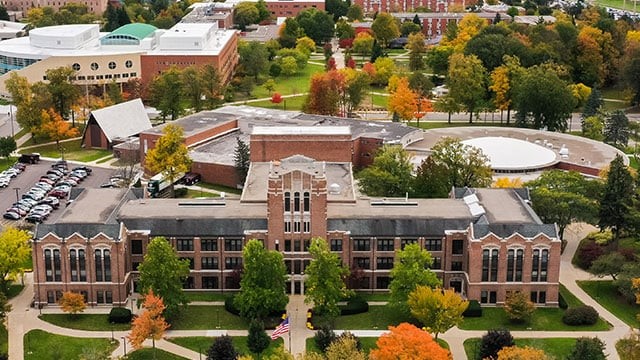 CMU President Robert Davies has challenged the CMU community to think about the future of the University in the year 2030. The goal is to define aspirations and then develop a path over the next ten years to get from here to there.
CMU President Robert Davies has challenged the CMU community to think about the future of the University in the year 2030. The goal is to define aspirations and then develop a path over the next ten years to get from here to there.
Five strategic pathways guide this planning effort:
1. Enhance the overall academic quality and environment of CMU with a renewed commitment to rigor, relevance and excellence in our curricular, co-curricular and extra-curricular programs.
2. Distinguish CMU as the equitable and inclusive marketplace of ideas, thoughts and actions.
3. Build and foster a reciprocal ecosystem of innovation, economic development and cultural enrichment between and among the many communities throughout the state of Michigan, with a primary connection to the rural and underserved communities that CMU has honorably and successfully served.
4. Understand and proactively address the dynamic nature of the college student ? both current and future.
5. Redefine and expand our business model to include opportunities in lifelong learning, partnerships with organizations and midcareer educational needs.
For the Clarke Historical Library these pathways represent both challenges and opportunities. It forces us to think outside the special collection ?box? and consider how we can better relate to the rigor, relevance and excellence of CMU?s academic environment. What is the Clarke Library?s role in a university?s ?marketplace of ideas?? How does the library work to enrich the culture of the state? How do we address the need of college students, as well as life-long learning goals of those who have already achieved a college degree?
These are difficult but exciting challenges with which we are grappling. If you have ideas on the subject, I would love to hear them. Send me an email at boles1fj@cmich.edu or pick up the phone and call me at 989.774.3352. I?d love to talk with you about the library?s future (and if you happen to have something you might be interested in donating, let?s chat about that as well.)
JANE ADDAMS BOOK AWARD WINNERS DONATED
 Through a gift made by retired CMU Professor Susan Griffith, the Library has accessioned over 200 children?s books awarded the Jane Addams Children?s Book prize.
Through a gift made by retired CMU Professor Susan Griffith, the Library has accessioned over 200 children?s books awarded the Jane Addams Children?s Book prize.
The Jane Addams Children's Book Award annually recognizes children's books of literary and aesthetic excellence that effectively engage children in thinking about peace, social justice, global community, and equity for all people. The Jane Addams Children's Book Award has been presented annually since 1953.
We are extremely grateful to Professor Griffith for this generous gift, which enriches the children?s library in the Clarke, named in honor of Lucile Clarke, the wife of the library?s founder.
AROUND CLARKE
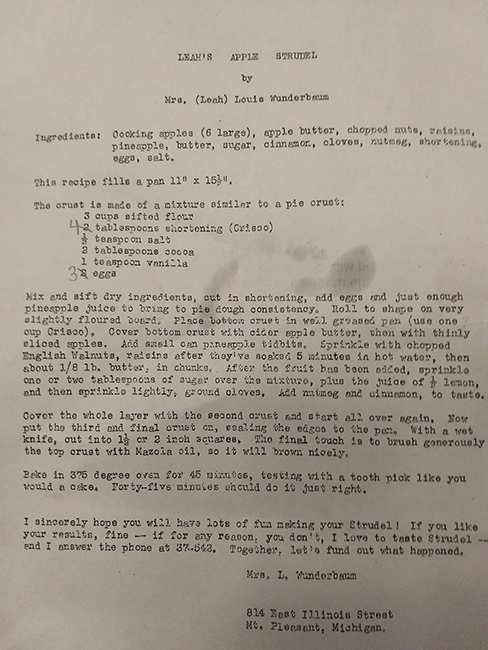 Recently a large collection of archival materials was received from the estate of noted sculptor Rose Wunderbaum Traines. The comprehensive collection even included her clearly well-loved recipe for apple strudel, which a tester noted was quite good! The Clarke currently has a project underway to microfilm and digitize the Vassar Pioneer Times. The library?s participation in NDNP (National Digital Newspaper Program) continues with digitization of WWII era issues of the Detroit Times, once Michigan?s third largest daily newspaper. The results of the project will be made available on the Library of Congress?s Chronicling America website of digitized newspapers from across the country.
Recently a large collection of archival materials was received from the estate of noted sculptor Rose Wunderbaum Traines. The comprehensive collection even included her clearly well-loved recipe for apple strudel, which a tester noted was quite good! The Clarke currently has a project underway to microfilm and digitize the Vassar Pioneer Times. The library?s participation in NDNP (National Digital Newspaper Program) continues with digitization of WWII era issues of the Detroit Times, once Michigan?s third largest daily newspaper. The results of the project will be made available on the Library of Congress?s Chronicling America website of digitized newspapers from across the country.
LSTA SUPPORT FOR NEWSPAPER DIGITIZATION PROJECTS
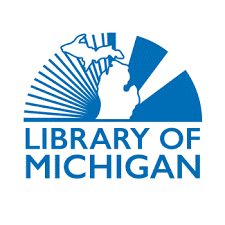 We are pleased to share news that the Library of Michigan has agreed to help support the Clarke Historical Library?s annual DigMichNews competition to digitize, without cost to the recipient, a Michigan newspaper that is of historical interest, and for which the local community has demonstrated its interest in having made available online.
We are pleased to share news that the Library of Michigan has agreed to help support the Clarke Historical Library?s annual DigMichNews competition to digitize, without cost to the recipient, a Michigan newspaper that is of historical interest, and for which the local community has demonstrated its interest in having made available online.
Additional funding from the Library of Michigan will make it possible to digitize more newspaper pages than would otherwise be possible using only spendable funds generated by the Robert and Susan Clarke Endowment given to the Clarke Historical Library.
For more information about the annual DigMichNews competition visit grant page of the Clarke library?s website.
DIRECTOR?S MESSAGE FROM FRANK BOLES: EXHIBIT REFLECTIONS
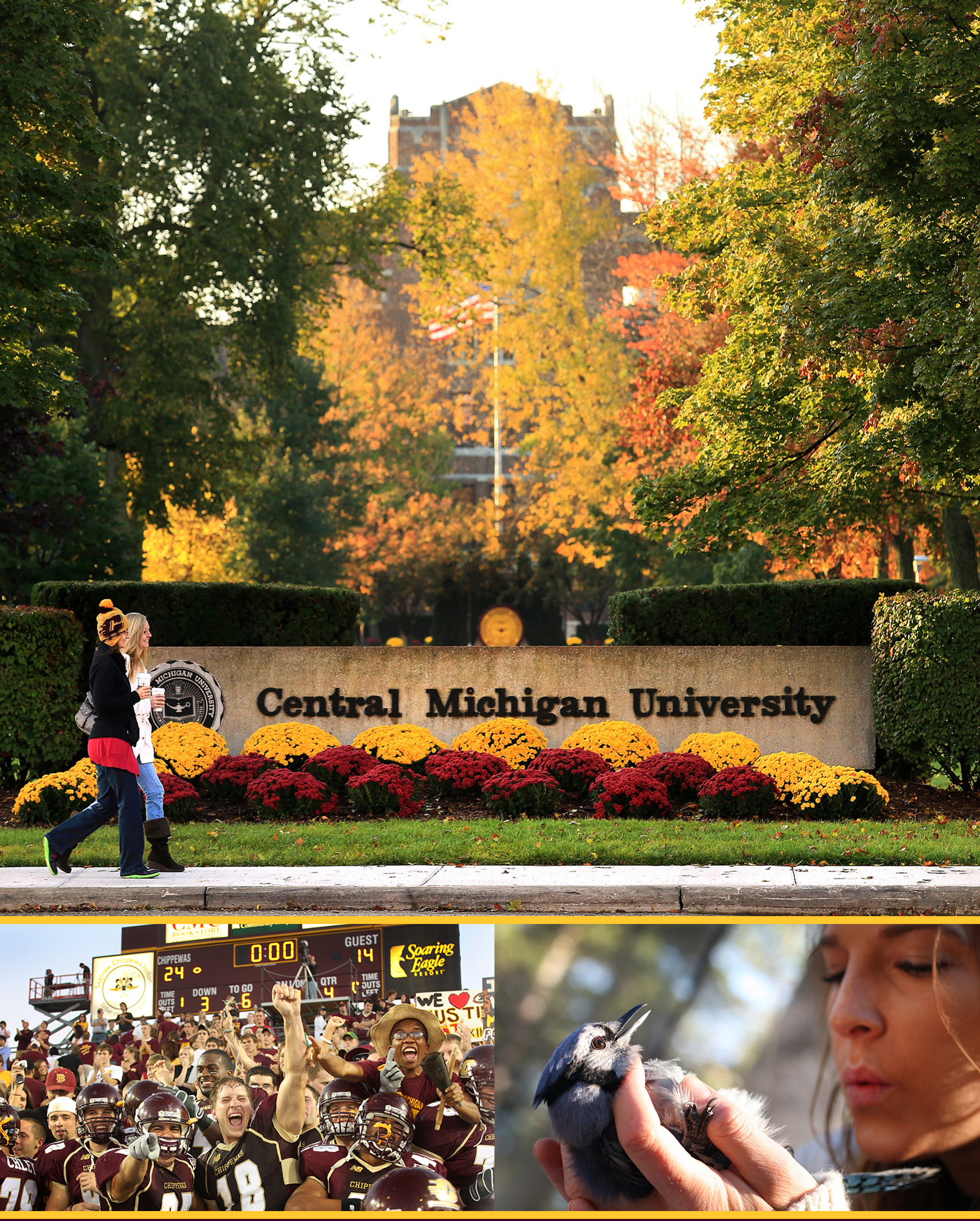 Every exhibit has it surprises. In the final days of Through Three Lenses, Robert Barclay, one of the three photographers whose works were featured, was in the Clarke Library exhibit space, taking pictures of the exhibit to share with family and friends. As he and I talked, he mentioned how grateful he was that the library had mounted the exhibit. He had put a great deal of his life into creating the visual record of CMU that we preserve in the archives, and he thanked me for recognizing that work.
Every exhibit has it surprises. In the final days of Through Three Lenses, Robert Barclay, one of the three photographers whose works were featured, was in the Clarke Library exhibit space, taking pictures of the exhibit to share with family and friends. As he and I talked, he mentioned how grateful he was that the library had mounted the exhibit. He had put a great deal of his life into creating the visual record of CMU that we preserve in the archives, and he thanked me for recognizing that work.
I truly believe that the thanks owed was not from him to me, but rather from me and the entire CMU community to the three photographers. He, and the other two photographers recognized in the exhibit, Peggy Brisbane and Steve Jessmore, left a legacy of over a million photographs that document a 40-year period of University history. With great talent and deep commitment, they all worked to create a visual record of CMU that is comprehensive, compassionate, and beautiful.
I, and truthfully less I than the people who really did the work such as Janet Danek, Bryan Whitledge and several others, could build a fascinating show because of the photographs the university archives received that were taken by these three individuals. For all three photographers, being a campus photographer was more than a job ? it was a commitment to excellence in documenting the University.
Building an exhibit using the wonderful photographs found in the archives was an exciting opportunity we treasured. One of the joys of working in the Clarke Library is the regular conversations about how to take advantage of such wonderful resources. Thanks, however, should go to Robert, Peggy, and Steve for a job more than well done.
SPRING SEMESTER SATURDAY HOURS
Regular Clarke hours are Monday-Friday 9-5. This semester Clarke will be open on the third Saturday of each month from 10-4 (including March 21 and April 18). Our email box is always open for questions and research inquiries: clarke@cmich.edu
|
|
